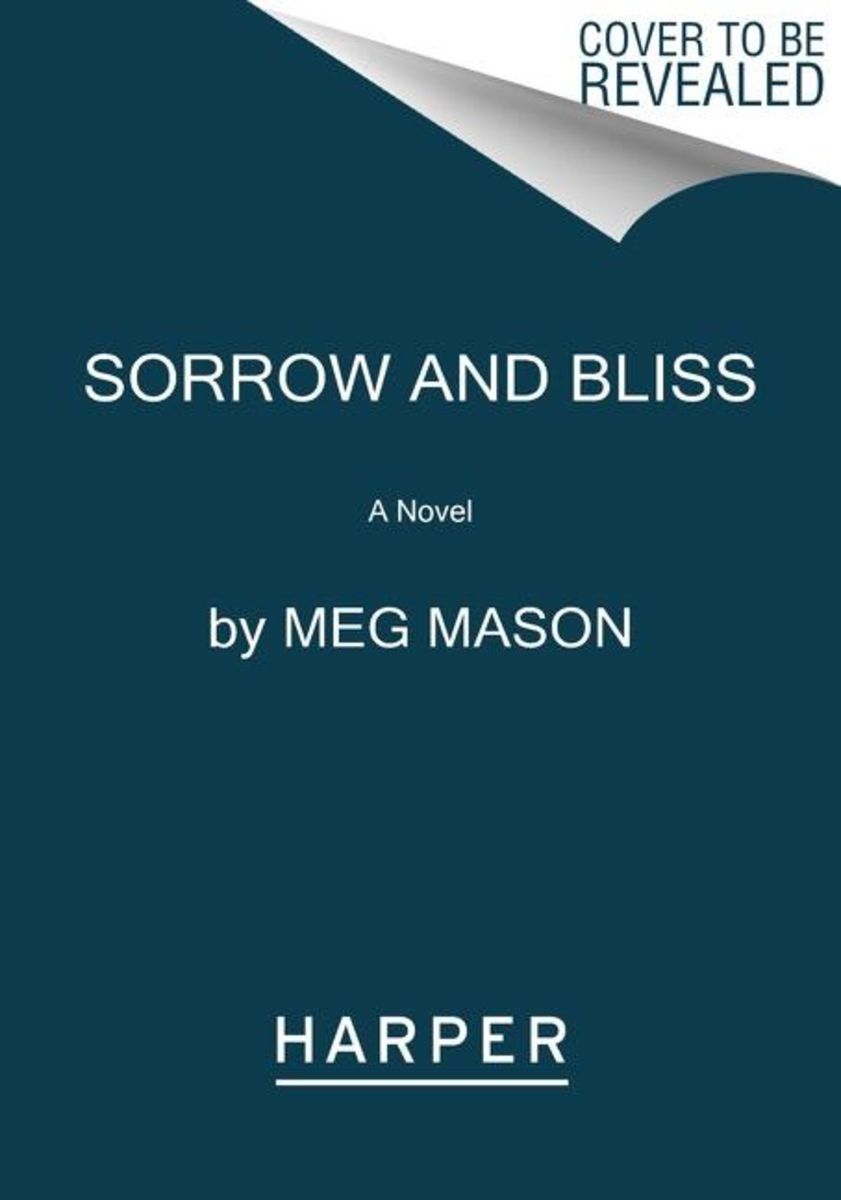

Her family sticks by her, Ingrid most of all. It is also something she cannot seem to stop.ĭespite all this, people forgive Martha – until, like Patrick, they can’t do it any more. That she hurts the people who love her best is something that causes her great anguish. She is also sharp-tongued, cruel, careless and prone to bursts of white-hot rage that range over the people closest to her like searchlights, mercilessly picking out their failings. Martha is clever, compassionate, hilarious, fierce and devastatingly sharp-eyed. Eight years and several pages later, he leaves her.

Patrick has loved Martha most of his life. Like so much in this gloriously tender and absorbing novel, Patrick’s remark manages to be both technically true and hopelessly wide of the mark. Recalling a party not long after their wedding, she remembers Patrick suggesting that, instead of staring at a woman standing by herself and feeling sad on her behalf, she should go over and compliment her on her hat. It is clear from the start, though, that Martha does not make things easy.

She has few friends, but is intensely close to her sister Ingrid. Martha Friel is 40, the writer of a “funny food column” that, once her editor has cut out all the jokes, is – as she sardonically acknowledges – just a food column. In Sorrow and Bliss, New Zealander Meg Mason’s first novel to be published in the UK, it falls to the dancer to tell her story as she sees it, even as she dances closer and closer towards the abyss. In fiction it is usually the watching sister who takes on the role of the storyteller. It is a pattern familiar from life and from literature. Something that broke when a little bomb went off in her brain, at 17, and left her changed in a way that no doctor or therapist has ever been able to explain.įorced to return to her childhood home to live with her dysfunctional, bohemian parents (but without the help of her devoted, foul-mouthed sister Ingrid), Martha has one last chance to find out whether a life is ever too broken to fix – or whether, maybe, by starting over, she will get to write a better ending for herself.I n her poem “Tango”, 2020’s Nobel laureate Louise Glück concludes that “Of two sisters, one is always the watcher, one the dancer”. Or maybe – as she has long believed – there is something wrong with her. Maybe she is just too sensitive, someone who finds it harder to be alive than most people. So why is everything broken? Why is Martha – on the edge of 40 – friendless, practically jobless and so often sad? And why did Patrick decide to leave? A gift, her mother once said, not everybody gets. Everyone tells Martha Friel she is clever and beautiful, a brilliant writer who has been loved every day of her adult life by one man, her husband Patrick.


 0 kommentar(er)
0 kommentar(er)
